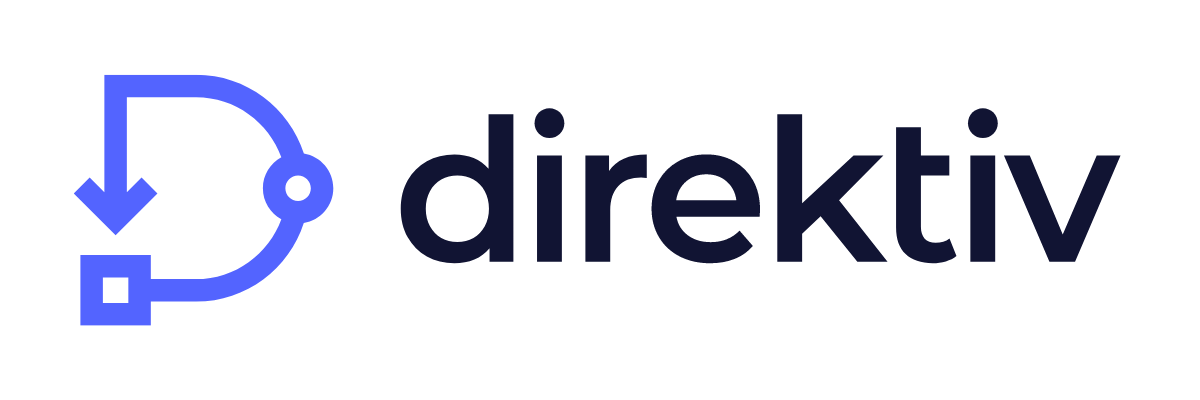Exploring 4 Applications Built for Cloud Native

With more than 7.1 million cloud native developers worldwide, there's no better time to delve into this exciting realm. As more engineers and developers make the shift to cloud native computing, the need for applications that can run efficiently on the cloud has become paramount. These applications are designed to take full advantage of the cloud’s flexibility and scalability. 💪
By capitalizing on these benefits, you’ll be able to deliver software products more quickly and with greater reliability—thus keeping up with (or gaining an advantage over) the fierce competition. With these four applications built for cloud native environments, you can do just that.
So let’s unpack how you can leverage cloud native technologies through these applications to enhance performance and user experience. 👇
1. Software Containers: Arranging Your Cloud Native Workflow
Software containers are a lightweight, portable, and self-sufficient software packaging solution.
They allow developers to bundle an application along with its dependencies, configuration files, and libraries into a single unit. These containers provide a consistent and repeatable environment for running applications—regardless of the host operating system.
Imagine you have a set of building blocks that can be arranged in numerous ways. Each block is self-contained and has everything it needs to stand on its own. And since the blocks are portable, they can easily be moved around. Just like these building blocks, software containers can be arranged in different ways to create different applications.

[Source: Giphy]
Move them between different computing environments like development, testing, staging, and production without having to worry about compatibility issues with the system or other containers. When used in conjunction with orchestration platforms (such as Direktiv), they allow efficient service discovery, deployment, scaling, and management in your cloud native environments.
With Direktiv, you can use pre-built containers to accelerate your cloud native workflow builds and integrations. Or leverage your current containers without having to start from scratch. The choice is yours. 🤩
2. Microservices: Scaling Your Resources
Microservices refer to an architectural approach to software development, where a complex application is broken down into small, loosely coupled, and independently deployable services that communicate over a network.
Each microservice is responsible for a specific business function and can be developed and deployed independently—without affecting other parts of the application. They are designed to be highly modular and autonomous, with each service having its own database, logic, and user interface. This is perhaps why they made their way on the top DevOps trends to watch in 2023.
Some key benefits of microservices are:
- Decentralization - Each service is responsible for its own functionality, data, and logic
- Loose Coupling - Changes or updates to one service do not affect other services
- Scalability - Individual services can be scaled independently, allowing for more overall efficiency
- Flexibility - You are not required to use a certain technology or programming language
- Continuous Deployment - Small changes or updates can be deployed independently to individual services without requiring full application deployment
Adopting microservices into your architecture will ultimately help you increase profits, improve productivity, and beat out your competitors. What’s not to love? 😍
3. Software Defined Infrastructure: Managing Your Automation
Software defined infrastructure (SDI) is the concept of managing and provisioning IT infrastructure resources.
Things like computing, storage, and networking through software-based abstraction and automation—rather than relying on traditional hardware approaches. With SDI, the control of infrastructure resources is decoupled from the physical hardware and instead is managed through software defined controls based on your defined policies. This gives you greater flexibility over managing and provisioning your resources through IT orchestration.

[Source: Giphy]
It ultimately provides you with a more efficient and cost-effective way of managing your IT infrastructure. 💪 This makes it an essential component of modern data centers and cloud native environments.
SDI used in cloud native computing allows dynamic provisioning, management, and automation of infrastructure resources to support the requirements of your cloud native applications.
Direktiv allows you to leverage SDI principles to dynamically manage and provision IT resources for workflow execution.
4. Application Program Interfaces: Leveraging Your Cloud Native Computing Power
Application program interfaces (APIs) are sets of rules, protocols, and definitions that allow software applications to communicate and interact with each other.
APIs define how different software components should interact, specifying the format and structure of data that can be interchanged. In cloud native computing, APIs are used in a few different ways:
- Infrastructure provisioning
- Service orchestration
- Configuration management
- Observability monitoring
APIs are essential building blocks in cloud native architectures. They enable communication, automation, and management of cloud resources, microservices, and application components.
On the Direktiv platform, APIs are used in several ways, like:
- Workflow triggering - Users can initiate the execution of a workflow by using API calls by setting their parameters, enabling workflow automation.
- Workflow management - Users can modify workflow behavior, control their execution, and monitor their progress.
- Data exchange - Workflows interact with APIs of external systems to fetch data, perform operations, and update external systems.
- Event-driven - Direktiv listens for incoming API events to trigger workflows automatically in response based on certain guidelines.
Overall, Direktiv leverages APIs to enable integration and interaction with external systems, services, and custom logic. This makes the platform a powerful, yet versatile event-driven orchestration solution for those looking to leverage cloud native computing power.
Final Thoughts
Cloud native applications are transforming the way software is developed, deployed, and managed in modern organizations. These four applications we’ve outlined and their various benefits are only getting better as technology advances. So the only question is—are you ready to leverage the cloud for your business? 🤔
With Direktiv’s event-driven serverless workflow engine, you’ll be able to take full advantage of all cloud native has to offer. Get started today—for free—with our Open-Source Edition. 💸

.png)

